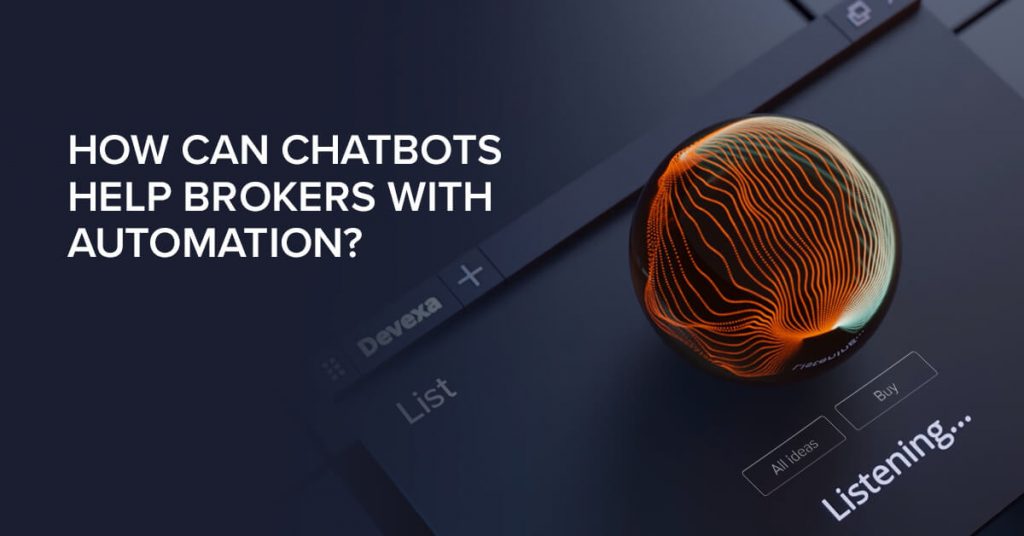10 Frequently Asked
Questions by Forex
Brokers

Speed: What are the common problems brokers encounter in trading technology?

The common broker’s problems are being either too slow or too fast. To be too slow means that the quotes are outdated, which leads to rejections, slippage, client complaints, or worse to latency arbitrage.
To be too fast means that the client’s systems or network could suffer congestion from a tremendous number of ticks. It also leads to an outage in the client’s software or, at least, a slowdown. In both cases, brokers need a good trading platform that helps them work with these complexities.
What are the next steps in smart routing of orders?

Most smart order routers I have dealt with are not that smart. They usually offer some order slicing algorithm, full amount execution, or a combination of the two. They rarely go beyond manual configuration of the LP’s priority. Most brokers hardly ever need anything substantially more advanced, considering their current monthly volumes and their level of trust in technology.
I believe the next wave of smart order routing will score the LPs and note their performance in a correlation with volatility, client order characteristics, and other market conditions, including some external data from various sources. This data would be used to dynamically prioritize LPs while planning the execution in real-time. That’s a much more advanced approach than simply looking at a price and its timestamp.
Can brokers start using external data to improve efficient routing, such as economic news?

Unpopular opinion: for now, this would be a premature and expensive optimization that won’t give brokers as much added value as futurists would say. LP’s feeds are configured based on a relationship that defines the spread, hold time, rejection policies, risk tolerance, and so on. External data, such as economic news, will hardly help on a microstructure level, as all LPs would have incorporated this data into their pricing already.
However, brokers can use the enriched feeds and external data to actively manage risk or trade on their own accounts.
Colocation in Equinix: Is it important for retail brokers? What other advantages does Equinix bring?

It boils down to avoiding network issues, such as re-transmissions, related to receiving market data and achieving ultra-low latency execution speed. Equinix is a great provider, and having your counterparties directly connected is a good foundation for a high-quality trading setup.
Is it worth the price tag? That depends on your risk management protocol, as well as the marketing message you’re portraying. Some knowledgeable clients believe that hosting in Equinix is the quality mark for a broker.
Are in house built trading platforms generally less reliable?

Generally, yes, they are less reliable. Brokers cannot always afford top notch engineers since many prefer working for software companies. Few brokers can maintain best practices in engineering, a standard expected from a technology vendor. So yes, it is often the case that the software, even trading software, built by a brokerage firm in-house is less reliable.
On the other hand, in-house platforms have their benefits. For example, there is no vendor lock-in or risk of a vendor going out of business. Brokers can also develop proprietary features without revealing sensitive business details to the vendor. If done right, business and IT work in tandem, so the feedback loop is more efficient, and you have less room for misunderstanding.
What kind of team is required to maintain a good trading platform?

To develop and maintain a trading platform in-house, you’ll need a number of roles: product owners, business analysts, designers, developers, testers, DevOps engineers, database administrators, network engineers, security specialists, site reliability engineers, and technical support specialists. At some stages, these roles can be combined, but during active platform development or during its growth phase, there is a pile of work for everyone.
At Devexperts, we believe in a hybrid model and suggest developing a custom platform with a professional trading platform provider. This way brokers receive bespoke customization for their needs while relying on a reputable software firm, without having a constant headache because of the engineering staff turnover.
How has trading software evolved in the last 5 years?

Trading platforms used to be mostly aimed at professional traders, displaying high-density data and often sacrificing readability. The trend of the last few years, however, was to make trading simpler and attract more hobby traders who can’t – or don’t care to – comprehend all the data. This is what caused the shift driven by Robinhood and its followers: simplistic low-dense interfaces with one-click actions for simple operations. The expansion of banking apps into the brokerage field supports the same interface ideas.
Ironically, once the audience grows up as traders, they start to seek higher density, speed, and advanced features that were not the first priority for these apps. Sometimes, we see that such users migrate from Robinhood-a-likes to more sophisticated trading terminals. Obviously, such an imbalance forces simplistic apps to try and squeeze all-you-can-eat features and data while keeping the basic operations simple. Professional-grade software converges to this from the opposite side by building a facade hiding the complexities for first-time users.
Overall, not much has changed: no groundbreaking changes in the widgets, instead, there is a fundamental shift towards simplicity and visual attractiveness and adaptation to mobile devices.
What is the most important aspect of a trading platform in terms of usability?

While there is no single most important usability aspect, I would nominate efficiency. Efficiency is once users have learned the interface, how quickly they can perform tasks. Can your trading terminal be characterized as an instant utility? How many operations does a trader need to follow basic scenarios? There are many more paths apart from the well-known single-click trading use case. Is the response time acceptable? It is annoying to wait for the result of an interim operation, such as search. And, of course, other aspects matter, too: reliability, speed, quality of execution, up-to-date quotes etc.
Is it hard to find people skilled in bots, AI, and UX/UI these days?

Big tech companies invest a lot into the democratization of machine learning tools and knowledge centers: there are plenty of open-sourced and commercial products, well-written documentation, tons of courses on Coursera, and the likes. It is getting easier to get started with Machine Learning when you have TensorFlow, PyTorch, Kaggle, and other frameworks and libraries at your services.
Don’t get me wrong: it is getting easier but, it is still pretty hard. Currently, there is an oversupply of junior AI specialists with incomplete industry experience. That leads to a buzz of how AI will conquer the world, take everybody’s jobs, and solve the market.
This produces a large number of AI projects, with many targeted at algo trading. However, I believe this is not where brokers will see the first AI harvest. There will be other applications, such as support automation, paid traffic optimization, CRM insights, auto-generated market outlook’s production, more mature robo-advisors etc.
How can chatbots help brokers with automation?

Although financial firms widely adopt automation for their business needs, I still see room for improvement. The current trend is the increased use of virtual AI assistants that understand voice and text commands in natural language. They reduce load on a company’s help desk and provide more personalized experience to users.
Banks lead the field here. An example here is the VTB bank, one of the largest in Russia. It has recently announced an integration with Yandex.Alice, a voice assistant available on smart speakers. Soon Yandex.Alice will give VTB’s clients financial advice and inform them about their account information.
But chatbots’ capabilities stretch much further. For example, Oleg, a virtual assistant of the Tinkoff bank, can send a news digest on request, set spending limits for several purchase categories, alert users when they breach them, etc.
Yet again, chatbots can provide more opportunities: Devexa, Devexperts AI for brokers who can guide traders through the onboarding process, engage them, and make them more loyal to a broker. Devexa stimulates newcomers to finish the KYC questionnaire and assist existing clients with tailored market analysis. This is where brokers can step up and gain a competitive advantage by implementing a virtual assistant.